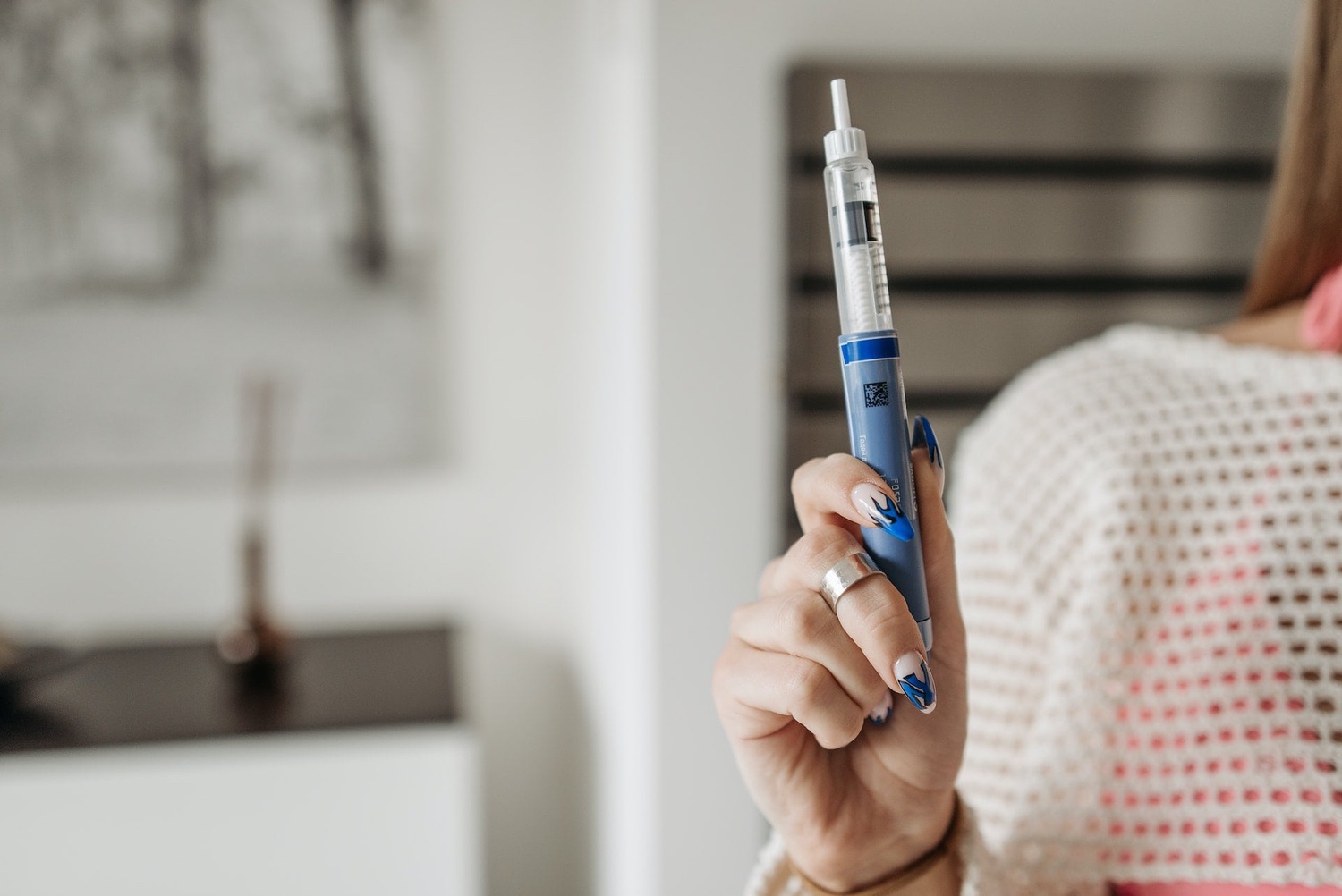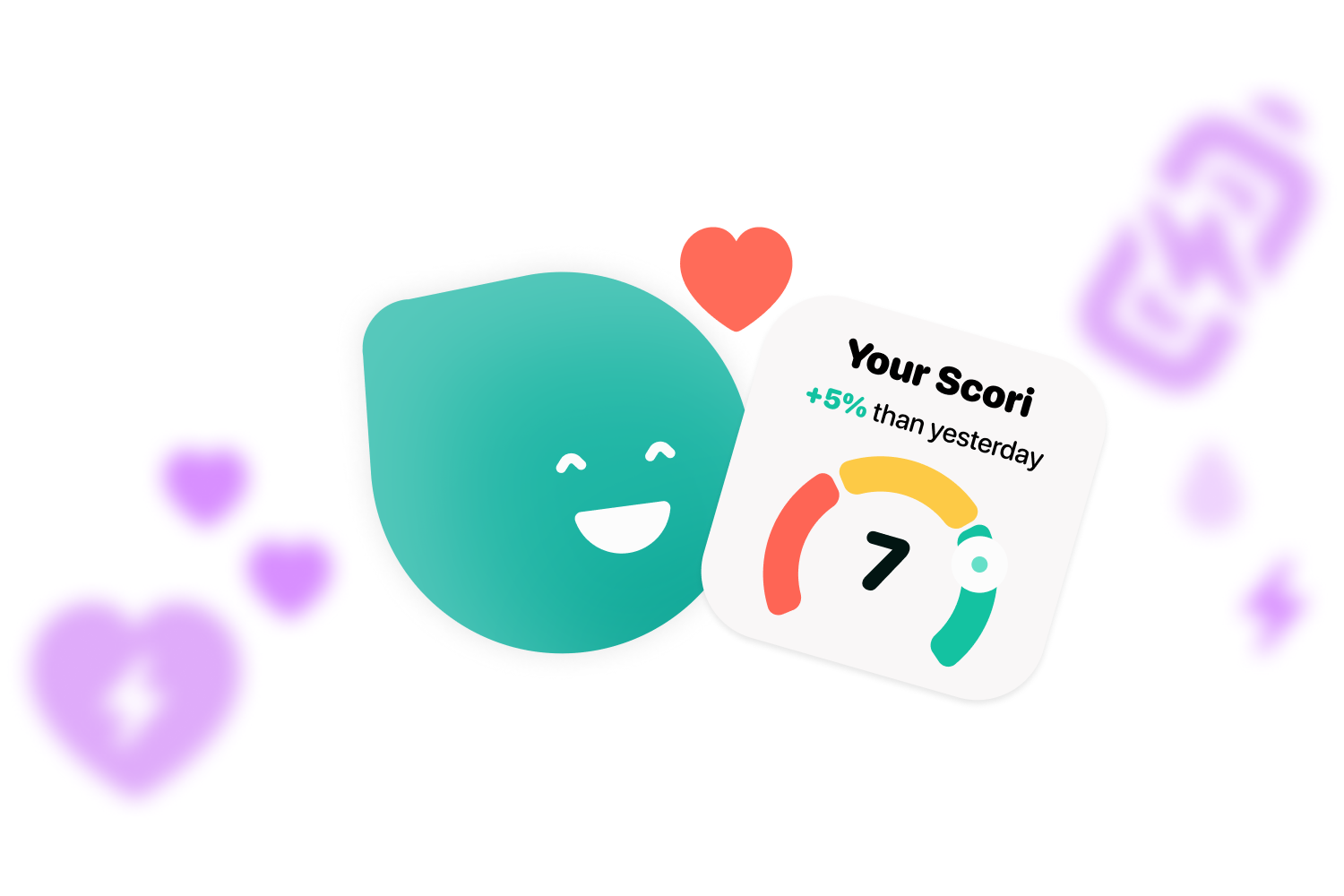Since it was created, insulin has grown to become the right hand of people with diabetes. Do you know why?
Insulin, one of those words that are associated to diabetes. But many people don’t know what it’s used for or why people with diabetes need to inject it. If you are curious or just starting out and want to know more about it, in this article you can find out what it is, what it’s used for and much more. Are you ready to read on?
What is insulin? What is it used for?

Insulin is a hormone produced in the pancreas that controls the quantity of glucose. When you have diabetes, the pancreas does not produce enough of it (type 2 diabetes) or does not produce it at all (type 1 diabetes). Because of this, the body cannot regulate blood glucose. So people with diabetes need to get it in another way.
Normally they inject it, but some people may wear an insulin pump. This helps to keep blood sugar levels normal. It also prevents complications from low or high blood glucose.
What types of insulin are there?

Since its discovery in 1921 by Frederick Banting and Charles Best, insulin has evolved. Today insulins can come in many different forms. It is important to know the differences between them because they act with different speed.
Fast-acting
This type of insulin acts for a short time and in a very fast and predictable way. That is why it is the one usually used before meals. It starts to work a few minutes after the injection and makes the blood glucose level decrease. It lasts from 30 minutes to 3 hours.
Intermediate-acting
As a general rule, intermediate-acting insulin is used as a twice-daily combination. First to regulate non-meal related variations. And also to cover those that may occur due to food intake. Its effect lasts from 12 to 18 hours. But does not begin to be noticed until 2-4 hours post-injection.
Long-acting
Long-acting insulin is also used as basal insulin. It is usually used once or twice in a day. It lasts up to 24 hours and works within 2 to 4 hours. It does not have a peak action and is recommended to inject it every day at the same time.
Ultra-long-acting
This type of insulin is used as basal insulin in a single dose per day. It takes about 6 hours to act and its effect lasts up to 36 hours, being the longest acting insulin in the body.
How should insulin be stored?
An important part of medicines is how we store them. In the case of insulin, we must take into account whether it is open or not.
- If it is closed: It should be kept between 4º and 8 ºC. A good place to do this would be the refrigerator, for example. If it is kept in a cold place, it will last until the expiration date. But it should not be kept below 2 ºC or frozen, because it could lose its effectiveness.
- If it is opened: Once opened, it can be left at room temperature but below 30°C and not directly exposed to heat or sunlight. It will last about 28 to 30 days after opening. After this time, for safety reasons, it is best not to use it.
If you have doubts about whether it is in good condition, inspect it. If you see lumps, if it has changed color or if it is cloudy, it is best to discard it.
Will I need insulin if I have diabetes?

It depends! Whether you need insulin or not it depends on a lot of factors. The first is the type of diabetes. If you have type 1, that means it’s a chronic disease. So your body does not generate this hormone and needs to get it some other way.
With type 2 diabetes, it depends on where the diabetes is at. Every patient is affected differently by medication. So no two people are on the same amount or dose. If your blood glucose levels cannot be controlled with medication alone, then you will need insulin.
Along with this, having healthy habits also plays an important role. Living a healthy lifestyle, exercising or having a balanced diet is recommended to have more control over your diabetes. Knowing your body and how it reacts to different situations thanks to assistants such as Cori will also help you to keep your diabetes under control.

Become a diabadass!
Join our weekly newsletter and learn
all the tips and tricks.
People with diabetes are especially vulnerable to the dangers of colds and the flu, but there are things you can do to control your symptoms and avoid getting sick in the first place. You may maintain your health even when you’re feeling under the weather by constantly monitoring your blood sugar levels, staying hydrated, getting enough of rest, and adhering to your diabetes management plan. Additionally, you may lower your risk of getting sick and safeguard yourself from any problems by maintaining proper cleanliness, being vaccinated, and generally maintaining good health. Make sure to discuss any worries you may have with your healthcare team for advice and support if you have diabetes and are worried about managing colds and the flu.
How can I take insulin?

If your doctor has prescribed insulin for your diabetes, it is important to know that, besides having different types, there are also different ways to administer it. These include injections, in vial or pen formats, and insulin pumps.
Syringes and vials
This is the cheapest option for injecting insulin. It is a practical alternative if you need to mix insulins. With syringes you can do this and avoid unnecessary needle sticks. However, they can be more uncomfortable to carry around. They are also not recommended if you have poor eyesight, because it may be more difficult to see how much you are drawing from the vial.
Pens
Pens, as well as being a more expensive option, are an all-in-one. You don’t need to carry anything else and they come loaded with a month’s supply of insulin. They are also much more comfortable and convenient. But some types of insulin are not available in pen format. They also don’t allow you to mix different insulins. Another drawback is that, even if you don’t use vials, you’ll still have to buy needles. And, if you lose your pen, buying another one will be more expensive than with vials.
Insulin pumps
Insulin pumps are small devices that continuously administer the vials through a catheter. This alternative is very convenient if you need to inject yourself repeatedly because it avoids needle sticks. It is also more discrete and convenient. If you need to adjust the dose, all you have to do is press the buttons on the pump. You can learn more about insulin pumps in the article dedicated to them in the blog.
The best thing to do, before opting for a single method, is to try them all and choose the one that best suits your needs and your lifestyle.
If you liked this article on insulin, don’t forget to visit the blog and follow us on our social media: Instagram, Twitter, Facebook or LinkedIn.




